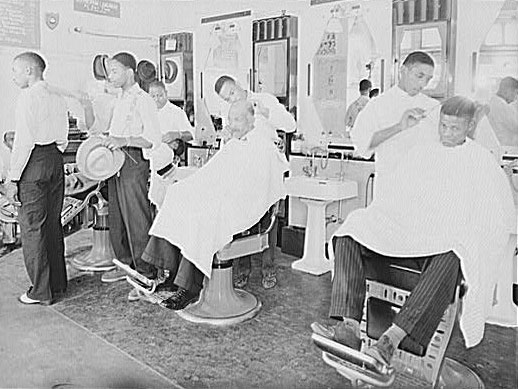How can one measure the performance of students in a given district?
For Kalamazoo Public Schools, enrollment in Advance Placement courses is being used as a key measurement to determine student success. Since 2007-08, the number of students who have taken AP courses has more than doubled from 359 to 983 students in 2010-11. The number of low-income students has jumped from 63 in 2007-08 to 259 in 2010-11.
In January 2009, Rice and the school board set the goal of doubling the district’s AP enrollment and the number of students who earned college credit through the program by 2014, using the 2007-08 numbers as a base. Rice said that both goals have been achieved already.AP courses are one of the many ways to prepare high-school students for college courses. Where many Kalamazoo Promise students struggle transitioning to college, this may be one way to improve their success rate.
“This is a tremendous, tremendous accomplishment — by teachers, by students, by school administrators, by counselors,” Rice said before Thursday’s board meeting.
Read the full article: http://www.mlive.com/news/kalamazoo/index.ssf/2010/10/more_kalamazoo_public_schools.html


















